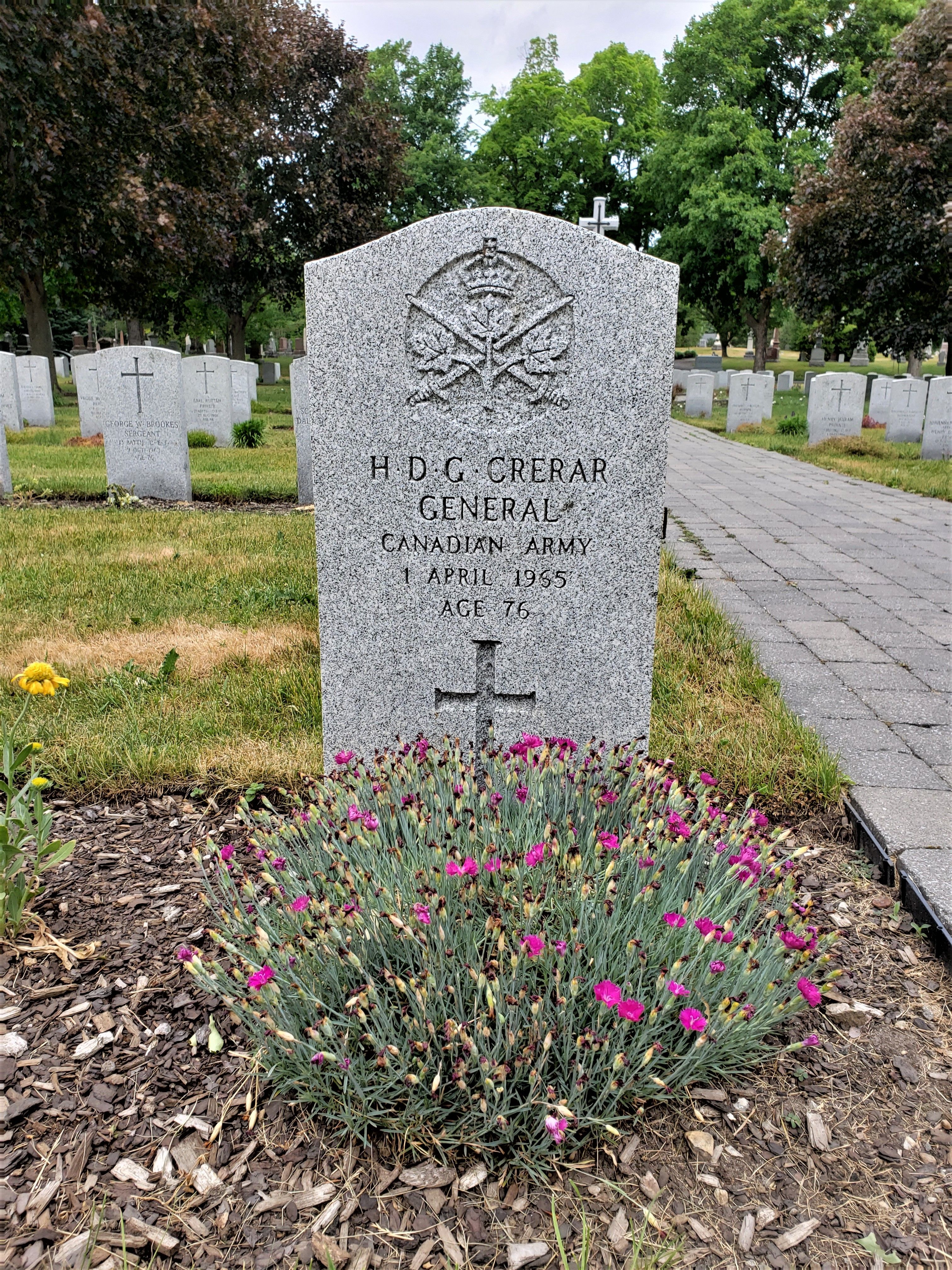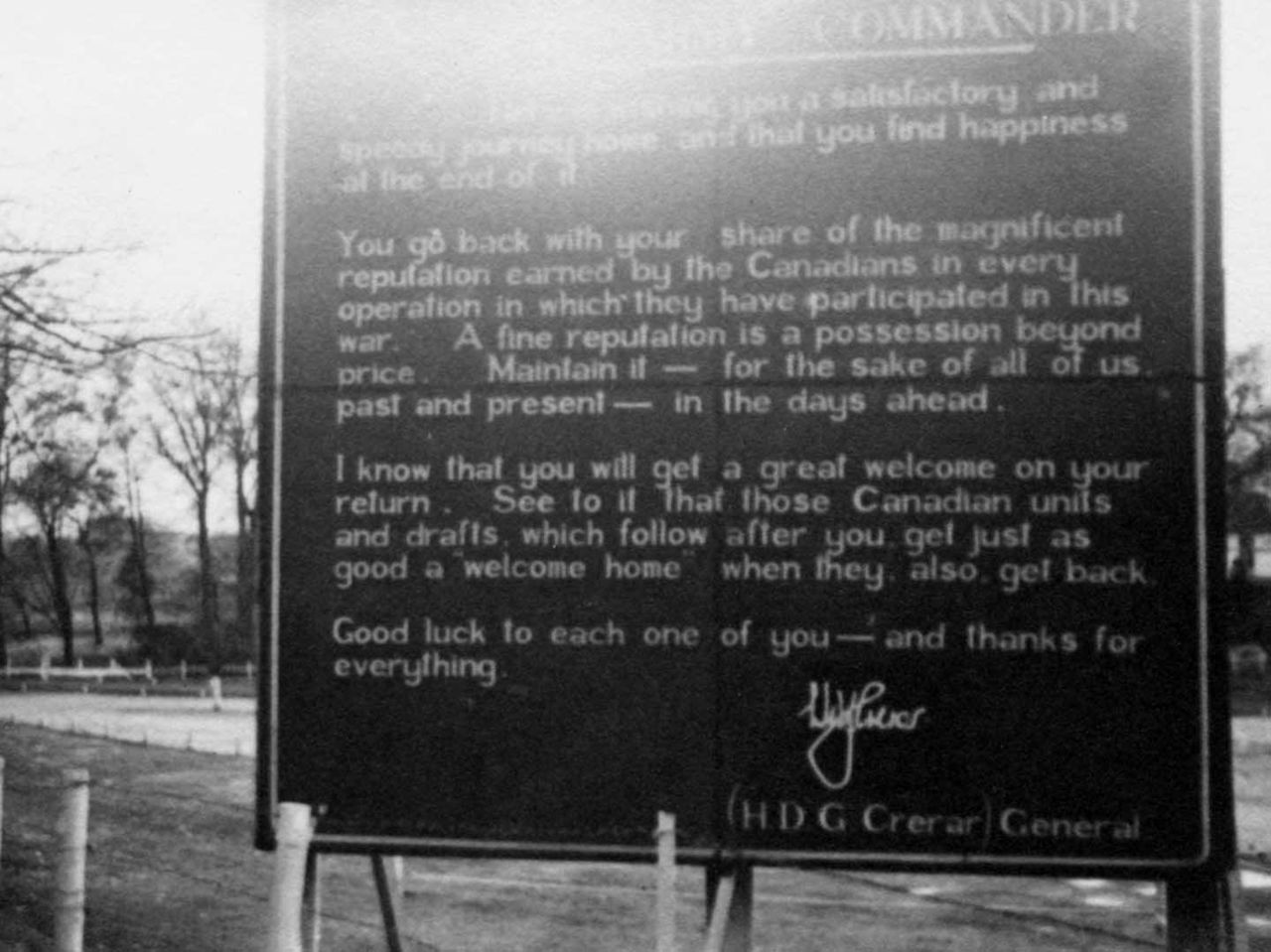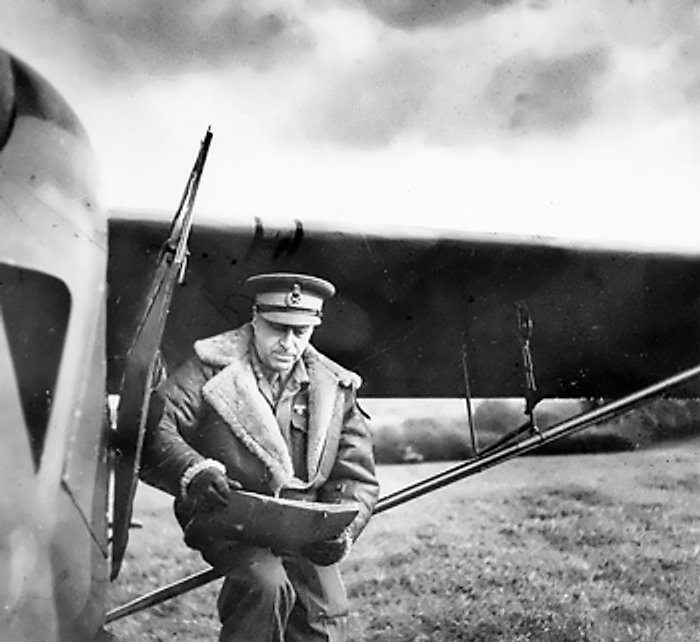
General Henry Duncan Graham Crerar: Canadian Military Leader and Diplomat
Section 27, Range G, Grave 226
Henry Duncan Graham Crerar, born in Hamilton, Ontario, on April 28th, 1888, and passing away in Ottawa on April 1st, 1965, was a distinguished Canadian Army officer and diplomat. Educated at the Royal Military College in Kingston, Ontario, from 1906 to 1909, Crerar embarked on a military career that spanned both World Wars and post-war diplomatic service.
During World War I, Crerar served with distinction as a Canadian Field Artillery officer in the French and Flanders battlefields, earning the Distinguished Service Order for his bravery and innovative tactics. After the war, he continued his military career, rising to the rank of lieutenant colonel in the Canadian Corps’ General Staff. In the interwar years, Crerar pursued further education at the Camberley Staff College in England and served in various staff positions, including at the War Office in London and National Defence Headquarters in Ottawa. His strategic brilliance and organizational skills were widely recognized, leading to key appointments and responsibilities within the Canadian military.
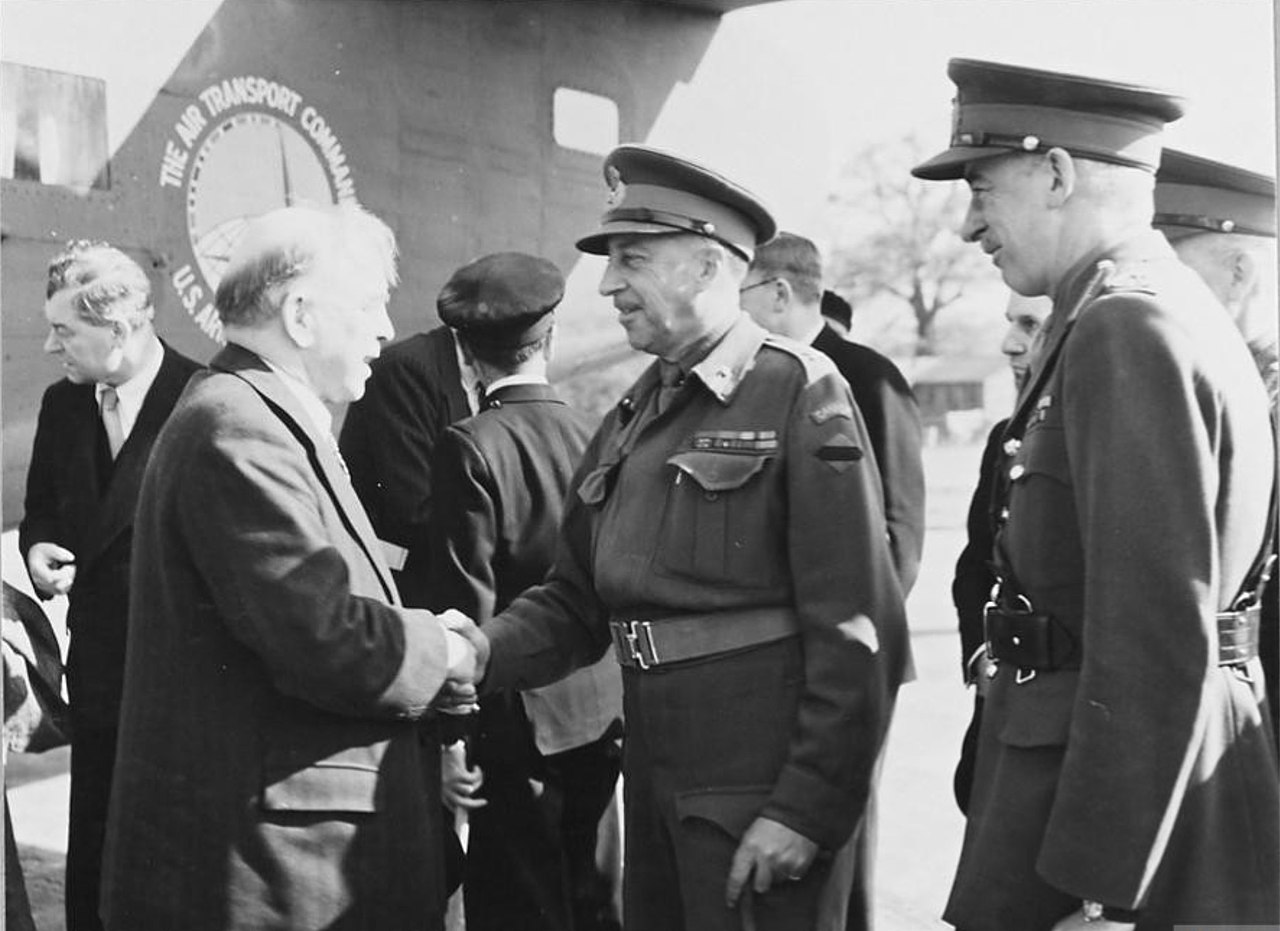
As World War II loomed, Crerar's expertise was called upon to prepare for the possibility of conflict. He played pivotal roles in mobilization planning, recruitment, and training programs, ensuring Canada was ready to contribute effectively to the Allied effort. During the war, Crerar held crucial positions, including Brigadier General Staff at the Canadian Military Headquarters in London and later as Vice-Chief and Chief of the General Staff in Ottawa.
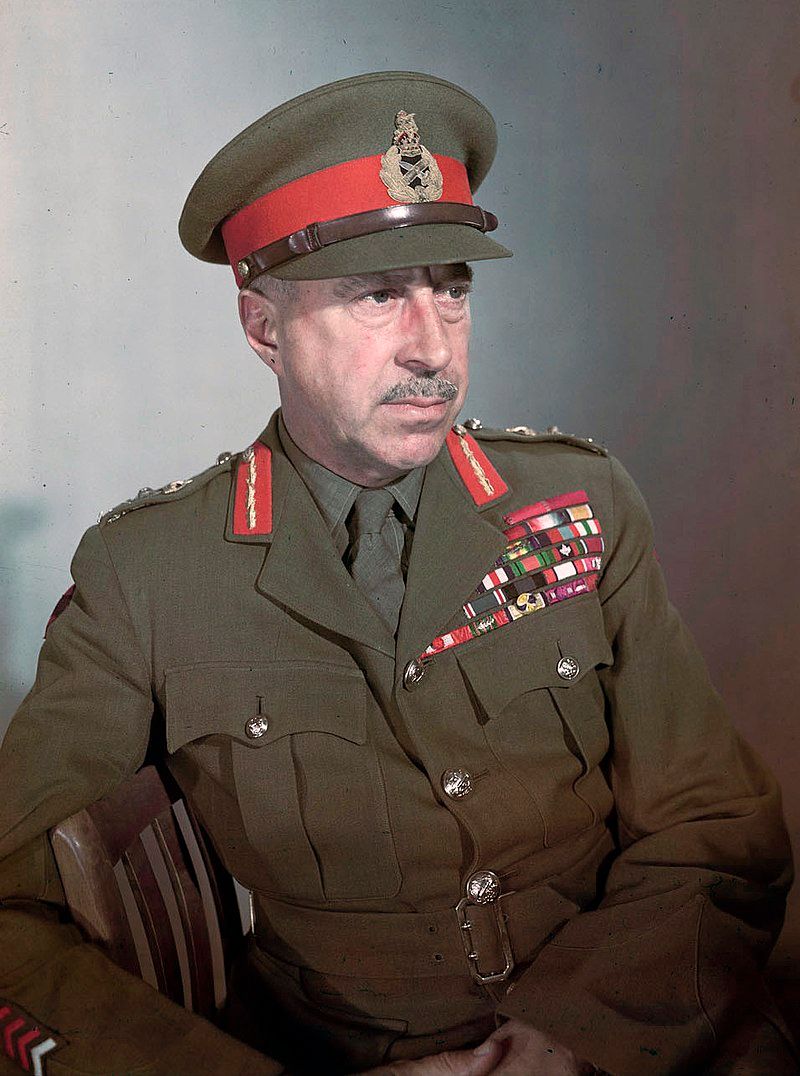
His leadership was instrumental in improving the efficiency of the military apparatus and overseeing the training and deployment of Canadian forces. Crerar's most notable role came during World War II, where he commanded the 1st Canadian Army. Under his leadership, the army played a significant role in pivotal campaigns, including the Battle of the Falaise Gap and the Rhineland campaign. Despite facing challenges such as ill health, Crerar's strategic acumen and command ensured the success of Allied operations.
As the troops of the First Canadian Army prepared to depart from the Netherlands in 1945, General Crerar left a heartfelt farewell message to express his gratitude and pride in their service.
The sign, bearing his name and sentiments, conveyed a profound appreciation for their sacrifices and accomplishments during the war.
"Here's wishing you a satisfactory and speedy journey home, and that you find happiness at the end of it. You go back with your share of the magnificent reputation earned by the Canadians in every operation in which they have participated in this war. A fine reputation is a possession beyond price. Maintain it – for the sake of all of us, past and present – in the days ahead. I know that you will get a great welcome on your return. See to it that those Canadian units and drafts which follow after you get just as good a 'welcome home' when they also get back. Good luck to each one of you – and thanks for everything. (H.D.G. Crerar) General."
After the war, Crerar oversaw the demobilization process and later served in diplomatic postings in Czechoslovakia, the Netherlands, and Japan. His legacy as a military leader and diplomat remains significant, with his contributions to the Allied victory in World War II and his role in shaping post-war diplomacy cementing his place in Canadian history.
Crerar went to hospital on 24 March 1965 and died in his sleep over a week later, on 1 April, at the age of 76, just weeks from his 77th birthday. He was buried with full military honours in Beechwood Cemetery in Ottawa.
